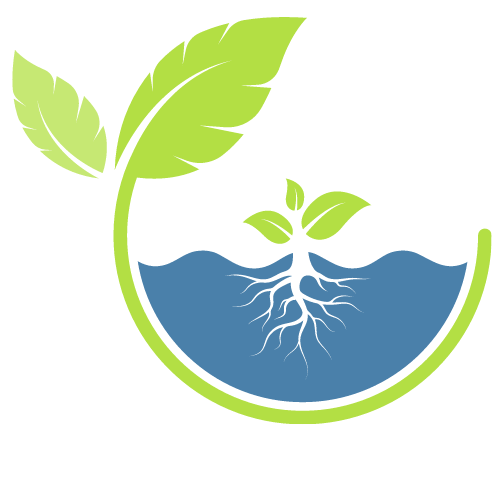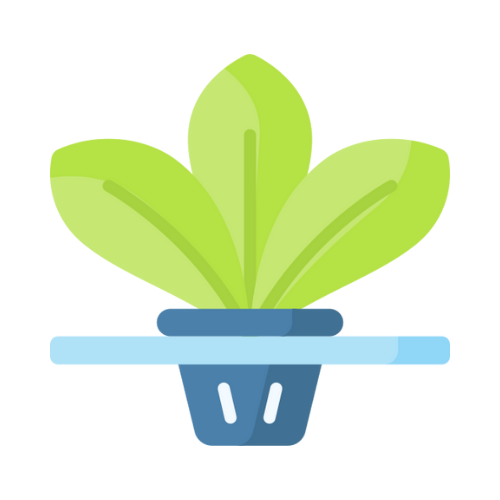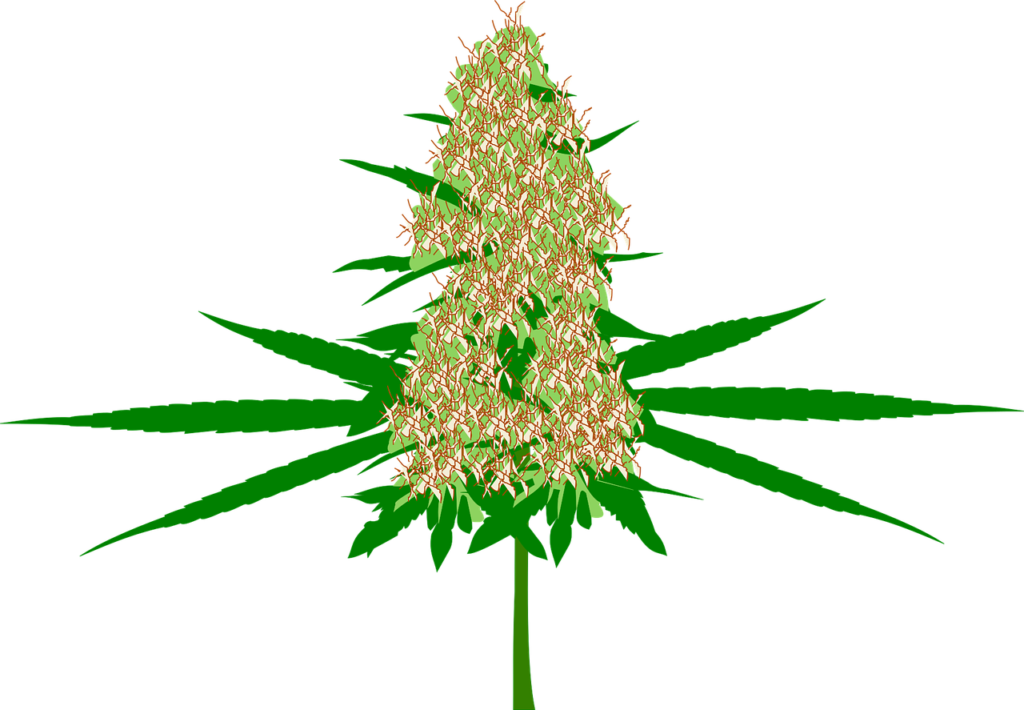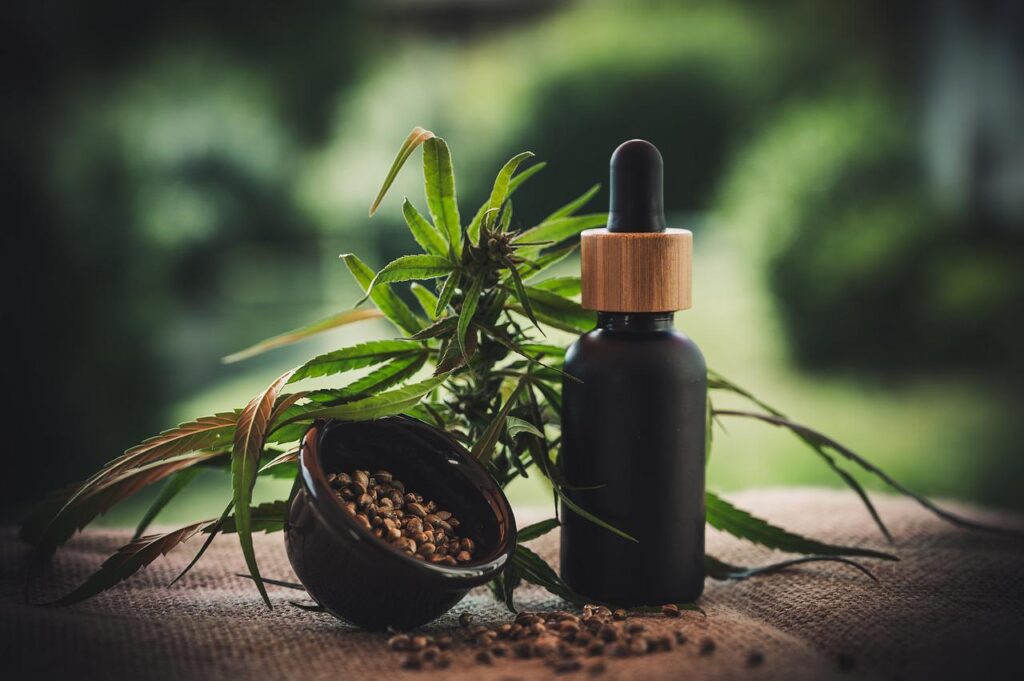INTRODUCTION

Are you an indoor garden grower who is looking to expand your knowledge about home hydroponic systems? If so, you have come to the right place! In this blog post, we will discuss the different types of hydroponic systems that are available on the market today. We will also share the pros and cons to help you choose the right system for your needs. So, without further ado, let’s get started!
Section 1: What is a Hydroponic System?
Section 5: Drip Irrigation System
Section 6: Nutrient Technique System
What is a Hydroponic System?
To the uninitiated, all hydroponic systems may seem the same. However, there are actually a number of different systems to consider. Each system has its own unique pros and cons, but they all rely on the same basic principles. Seeds are placed in a growing medium for germination. The roots, in the air or in a growing medium, extend down into a nutrient solution that is delivered by either passive or active means. The plants receive their water and nutrients from this aerated solution. The growing mediums used in hydroponics are designed to support the plant as its roots grow, but do not contain any nutritional value.
Most hydroponic systems have the same basic components:

- A grow tray or container to hold the plants
- A growth medium for the plants to root in (such as rockwool, expanded clay pebbles, coco coir, perlite or a mixture of the previous mentioned mediums)
- A pump to deliver nutrient solution to the roots
- A reservoir to hold the nutrient solution
The types of hydroponic systems available are only limited by your imagination and design ability. We will discuss five basic types of hydroponic systems that are relatively easy to create at home or purchase as a kit.
Ebb and Flow
Ebb and Flow (also called flood and drain) systems use a pump to move nutrient solution into the tray or bucket where the plants are rooted in a growing medium. This flooding allows the roots to be submerged in the nutrient-rich solution for a set period of time. The solution is then pumped back into the reservoir giving plants time to access oxygen between watering cycles and allows growers to irrigate many plants at once. This process repeats itself over and over as often as you set it.
The pump on an ebb and flow system is set to turn on at regular intervals, which can be adjusted for each plant species. Watering frequency depends on how much light your plants are getting, how fast they are growing, the growing medium, and what size containers the plants are in.
It is recommended that plants be watered at least once every 24 hours during peak growth periods, when the root zone dries out quickly. It is best to avoid drying out the root zone completely because this would require the plant to expend its energy in order to get water and nutrients again.
Ebb and Flow systems are easy to build yourself. The basic setup includes trays, pumps, timers, and pipes. Since this is one of the more inexpensive methods, it is often used by beginners just starting out with hydroponics. There are also more sophisticated versions of Ebb and Flow systems available. Some use a float valve to regulate water levels in the reservoir so that they don’t get too low when the roots absorb all of the water. Others have trays that rest on top of each other to save space.

Source: Soilless Agriculture a New and Advanced Method for Agriculture Development: an Introduction – Scientific Figure on ResearchGate. Available from: https://www.researchgate.net/figure/Shows-the-Ebb-and-flow-Flood-and-Drain-system_fig5_312660574 [accessed 25 May, 2022]
Pros:
- Easy to set up
- Easy to scale an ebb & flow system up or down by adding or removing trays/reservoirs/pumps
- Nutrient solution evenly distributed and continually circulated
- The ability to control watering cycles
- Works well with all types of plants including vegetables and herbs
Cons:
- Some water wastage due to unused water left in the growing tray after a completed watering cycle
- Tray must be cleaned occasionally to prevent clogging
- Larger plants can obstruct light
- Not as easy for beginners
- Large number of parts increases chance of system failure
- Needs frequent maintenance of overall environment factors of pH levels, lighting and oxygenation
Deep Water Culture
Deep water culture systems, also known as DWC, are probably the most simple of all hydroponic systems. This is commonly called a “floating” technique because the plant roots float on top of the nutrient solution in a reservoir. They are held afloat with Styrofoam boards or rafts or mesh pot buckets that keep them suspended over the nutrient solution. An air pump delivers nutrient solution to the roots through tubes connected to an air stone that drives oxygen into the water. This provides plenty of oxygen for healthy root growth while keeping them immersed in a steady supply of nutrients.
While other hydroponic systems use irrigation cycles on a timer, DWC just involves filling up the reservoir and leaving the air pump running, making sure to refill it as and when necessary. DWC is one of the cheaper methods to use hydroponics, making this an attractive choice for many.
The most basic DWC system consists of a plastic bucket containing a lid with holes for net pots, an air pump and an air stone. This is why DWC is popular with small-scale grows at home. Commercial greenhouses extensively use DWC because it creates high yields with minimal effort on the part of the grower. It is also one of the easiest and cheapest, a benefit to both small- and large-scale growers.

Source: Soilless Agriculture a New and Advanced Method for Agriculture Development: an Introduction – Scientific Figure on ResearchGate. Available from: https://www.researchgate.net/figure/Shows-the-deep-water-culture-system_fig3_312660574 [accessed 25 May, 2022]
Pros:
- Very easy to set up, having no moving parts
- Can be easily scaled up for large operations
- Easy to maintain, simply by keeping the water level topped off and changing the nutrient solution periodically promotes successful grows
- Low cost
- Energy efficient
- Low risk for disease spread since the plants aren’t touching each other
- Quicker harvest due to the increased rate of plant growth
Cons:
- Air pumps can fail and require backups
- Roots above the surface can dry out
- Higher risk for root rot if not carefully tended
- Requires daily monitoring of your plants because there is no soil buffer. One day without turning on the pump or adding nutrients, may cause the plants to suffer greatly.
- Difficult to get seeds germinated since there’s no solid growing medium
Wick System
In a wick system, an unrooted cutting is planted in a growth medium, while a rooted cutting or growing plant is planted in another container that holds the nutrients and water. A wick made of rope or other material runs from the nutrient container into the growth medium, carrying the nutrients and moisture to the plant’s roots as needed. Plants absorb nutrients through capillary action.
Wick systems can be used for growing a variety of plants. These systems are a good choice for the hobbyist, but they aren’t suitable for plants that have large water requirements. Because wick hydroponic systems don’t use pumps, they’re also an excellent choice for remote locations where electricity isn’t available.
Wick hydroponics systems are easy to construct and very inexpensive. Many growers prefer these systems because they’re so simple.

Source: Soilless Agriculture a New and Advanced Method for Agriculture Development: an Introduction – Scientific Figure on ResearchGate. Available from: https://www.researchgate.net/figure/Shows-the-wick-system_fig1_312660574 [accessed 25 May, 2022]
Pros:
- Good choice for beginners
- Easy to set up
- Very reliable
- Low energy use because they don’t use any electricity outside of any artificial lighting needed
- Cheap and simple compared to other systems
- Plants take nutrients as they need them
Cons:
- Less efficient compared to other types of hydroponic systems
- Need to add nutrient solution manually
- Not good at providing plants with large amounts of water
- Need attention at least every three days to prevent running out of water
- Not suitable for large plants
- Wicks can get clogged easily over time
- Required lightweight growing media limited size of plant that can be supported
- Grow slowly
- Absence of water movement makes this system susceptible to stagnant water, algae growth and overwatering
Drip Irrigation System
Drip irrigation systems are another successful type of hydroponic systems. In a drip-irrigation system, holes are placed in a hose that has been positioned above the plant. The holes allow water to be released directly above the plant at specific times. Gravity or a water pump moves the nutrient-rich water from the reservoir, through the hose to the plant. The nutrient-rich water flows down through the medium and over the roots. Timers can be used to regulate the watering frequency and flow. Any runoff is collected for reuse or thrown away.
The same hose or pipe can be placed across several plants, making this system ideal for both small- and large-scale grows. Just like other hydroponic systems, a home grower can use buckets with lids as the main structure of the system.
A bucket drip irrigation system involves suspending a plant in the lid of a bucket, using a water pump to pump nutrient solution up from the bucket through a tube and into the lid. The solution trickles over the plant’s roots and falls back into the bucket where it is recirculated.
The growing media used must have good drainage, to allow the nutrients to trickle down to the roots. This method can be used with raised beds or mediums such as perlite or sandstone which have better drainage properties than some other mediums such as coconut coir.

Soilless Agriculture a New and Advanced Method for Agriculture Development: an Introduction – Scientific Figure on ResearchGate. Available from: https://www.researchgate.net/figure/Shows-Drip-system-DWC_fig4_312660574 [accessed 25 May, 2022]
Pros:
- Easy set-up and maintenance
- Works well for both small and large scale grows
- Plants grow fast from the easy uptake of nutrients through their exposed roots
- Easy to automate using a timer
- Easily grow and add multiple plants in same system
- Reduces the risk of pests or mold
- Uses less water than other hydroponic systems
- Save money on nutrients by reducing nutrient loss through runoff
Cons:
- Timers are needed for pumps to ensure that the nutrient solution is delivered at regular intervals
- Can be difficult to determine intervals for drips in systems using gravity only
- Potential for bacteria when water passes through an air filter before it enters the reservoir
- Difficult to maintain steady pH levels
- Clogs easily due to slow circulation of water
- Susceptible to algae growth from constant contact with moisture
Nutrient Film Technique System
Nutrient film technique (NFT): This method uses a small stream of nutrient solution to keep plant roots moist at all times in a channel or tube system.
A NFT system uses a shallow stream of water containing all the dissolved nutrients required for plant growth. The stream is re-circulated past the bare roots of plants in a watertight gully, also known as channels. The channels are slightly inclined so the solution can easily run from one end to the other. The roots hang down into the channel and absorb nutrients from the water flowing past them. Because the tops of the roots are not submerged, they are continually oxygenated. An air pump provides oxygen to the roots as well as movement for the water solution.
Young plants must be top fed either by hand or via drip until their roots have grown large enough to reach the regular flow of the system. Plants kept in the system often grow their roots so much that they reach the bottom of the grow tank.

Source: Soilless Agriculture a New and Advanced Method for Agriculture Development: an Introduction – Scientific Figure on ResearchGate. Available from: https://www.researchgate.net/figure/Shows-the-Nutrient-Film-Technique-NFT-Water-culture-or-deep-water-culture-DWC-Water_fig2_312660574 [accessed 25 May, 2022]
Pros:
- Simple to build and operate
- Able to grow a large number of plants
- Allows for easy inspection of roots
- Easy to maintain consistent pH levels
- Nutrient solution runs through the system quickly, so you don’t have to worry about your plants’ roots sitting in stagnant water.
Cons:
- Careful monitoring of the pump required to prevent running out of water and causing the plants’ roots to dry out
- Only one equipment failure can cause the plants to die quickly
- Not ideal for large size plants
- Long roots can clog the system when they get entangled with roots from other plants
- Not good for beginners

CONCLUSION
Now that you know the different types of hydroponic systems available, it’s time to choose the right one for you. Each system has its own pros and cons, so it’s important to do your research before making a decision. We hope this article has helped you understand the basics of each system and given you a few things to consider when making your choice. What type of hydroponic system are you thinking about using? Let us know in the comments below.

